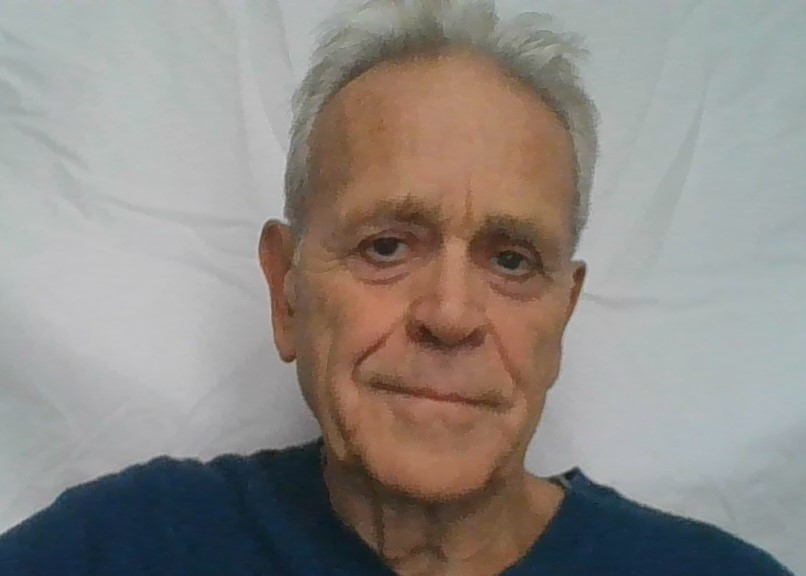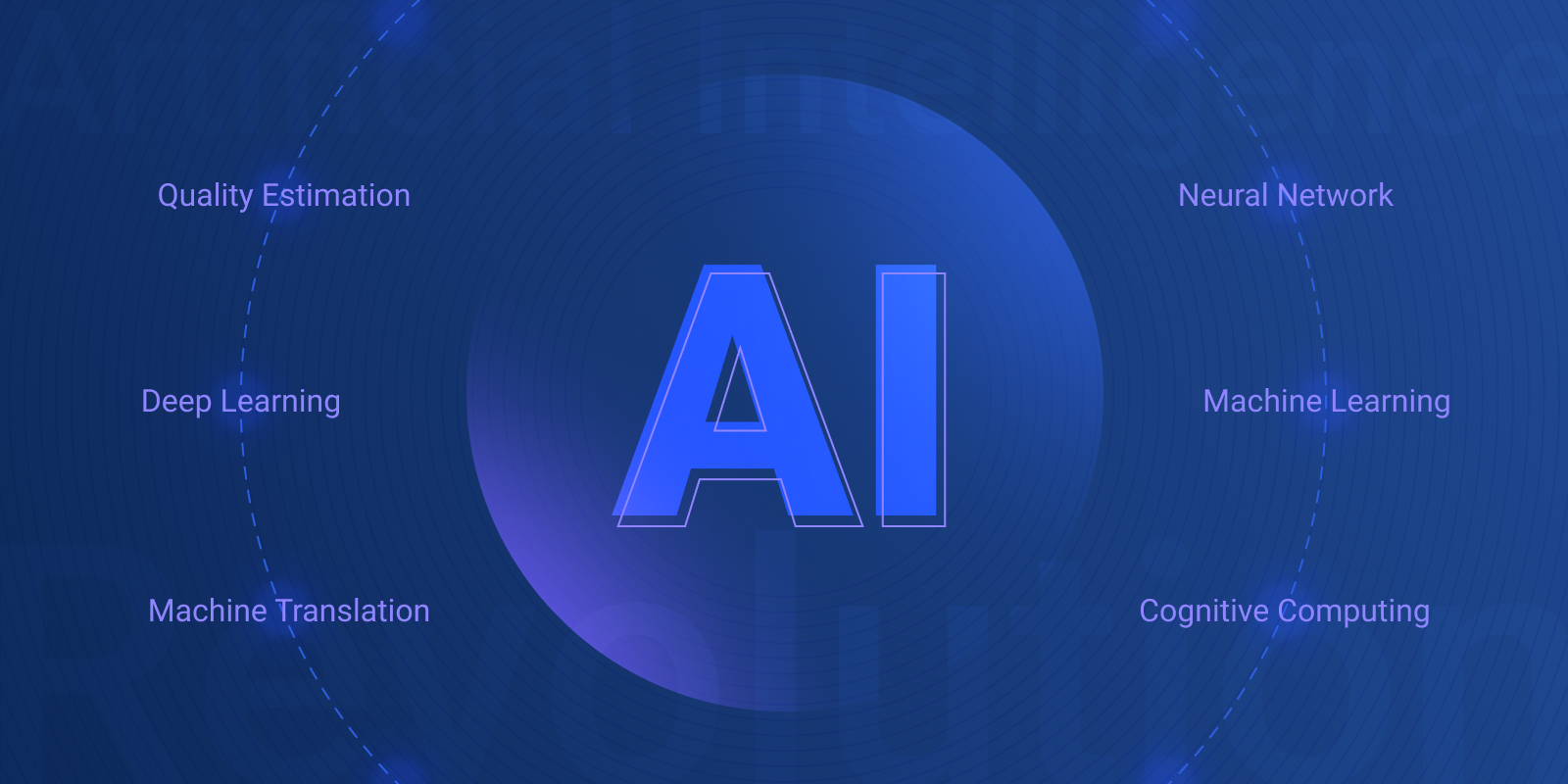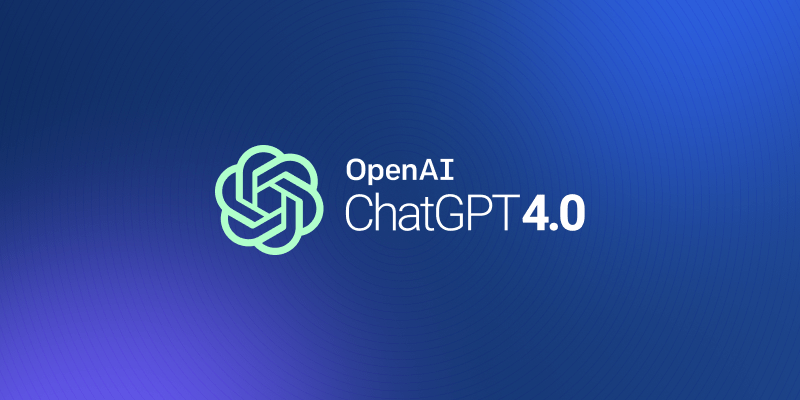Setting the Right Expectations: Two MT Service Suppliers on LSPs and Corporate Readiness

How do MT service suppliers evaluate the mood among their clients? CEOs of Globalese and CrossLang talked about MT success and failure stories they experience with LSPs. These insights are extremely helpful in setting the right expectations when it comes to MT implementation.
TAUS spoke to two well-established European MT service companies about their experience. Gabor Bessenyei is the CEO of Globalese, a Hungary-based solutions provider, and Luc Meertens is the CEO of CrossLang, the Belgian MT services supplier. While Globalese provides services to certain LSPs as they gradually mutate towards MT pipelines, CrossLang is dedicated to supporting corporates that need to implement automated translation systems from various engine developers. Getting MT deployment right, they find, takes time.
What makes for a successful MT implementation!
Globalese recently had a very successful project with a Turkish LSP working with several pharma companies. Turkish has typically been a poor performer language for MT engines, even with neural MT, but by carefully selecting the operating conditions, they were able to add considerable improvements to their process.
Yet as Gabor Bessenyei says, “it is always important not to expect very radical improvements in cost and throughput when starting out on small projects. One criterion for success in this Turkish case was that the end user needed to translate consistently for regular product releases. The other important criterion was that the LSP had a large number of clean, in-domain segment pairs (TM) which could be used to create a domain-specific custom engine. That meant that progress could be achieved over time.” Small projects, on the other hand, tend not to be the most successful scenario for LSPs using MT. “This company managed to double productivity to 5,000 or 6,000 words a day – about twice the rate of the human-only process. But we should be very careful not to believe or spread stories about ten-fold productivity figures from MT projects.”
CrossLang has been more geared to corporates than LSPs for nearly a decade. Luc Meertens reckons that many LSPs, at least in Europe’s high-density translation supplier landscape, are still doing business in the same way as they did ten or twenty years ago. “The few large companies with their own MT systems have been very successful. But apart from these (mainly US and UK companies), most language suppliers are still very traditional in their outlook, and that means being hesitant about MT.”
What makes for success or failure in MT uptake?
For Gabor, both end clients and LSPs expect too much from an MT deployment. “End clients think they can save a lot of money, while at the same time they don’t have the right compensation package in place to pay either their LSPs or their translators. It’s very important that there is an ecosystem process in place whereby everyone can see how they benefit from automation. For example, translators ought to be able to see a benefit from the introduction of MT - such as applying a lower word rate but being able to work much faster. Rolling out a new pricing model should be done very carefully.”
This is because MT quality tends not to be constant, so it is important to first check out all the productivity advantages of a project and then opt for the right pricing model. Word rates, time or flat rate approaches are all possible solutions, but they should not be applied automatically. Success comes with a global approach to such matters.
TAUS is surprised in this regard to see how little awareness there still exists around the possibilities of using the DQF API to have productivity measurement always on during translation and post-editing. As we have read in the story from Synergium the vision of transparency that Gabor pictures is real. We can track translation throughput on a real-time basis and share the reporting with translators and clients. We would whole-heartedly agree that this type of business intelligence is part-and-parcel of the paradigm shift that NMT is taking the industry through these days.
Other typical problems can include whether or not the translation staff is amenable to post-editing tasks. Younger translators, for example, tend to more open to this skill than more experienced translators. But expectations need to be managed carefully at all stages of a project.
In Luc’s view, the shift from SMT to NMT has meant that people are growing steadily more aware that the technology is here to stay and will mature. And, they start to embrace it. One customer told him: "We see MT as a colleague - a junior colleague that needs monitoring. Nevertheless somebody as a part of our team".
CrossLang tends to focus on niche markets as there is no advantage in producing generic MT systems. This means working together with clients to get the specific data needed, add this to a baseline engine, or create customer-specific engines, applying a very service-oriented approach, which involves testing, checking the output and observing patterns. “Translators get frustrated when correcting poor MT output. So they expect different rates and need more time to correct. We, therefore, build and apply sophisticated quality estimation models that set a threshold of say ‘only MT output above 75% quality.’ That reduces translator frustration as they get to work on good MT output. If the model predicts poor quality MT output, we don’t show it to them, and they translate from scratch. This makes for a win-win approach.”
What’s the best advice for LSPs wondering about MT projects?
In Luc’s view, MT is a proven translation solution and the technology is now mature. “It acts essentially like a full match translation memory, and should be used where it really works.” That means for almost all technical, financial or legal content, MT is a no brainer. So, LSPs should see it as a way of opening new domains of translation not attempted before. The winning argument, he reckons, is for an LSP to go back to a customer and say that this translation will be delivered four times faster using post-edited MT.
Gabor puts it slightly differently: he suggests that LSPs should listen to their translators and decide whether the translation in question is best achieved by adapting the content appropriately or correcting MT output. But in general, end clients with translation needs vary in their embrace of MT according to their personal investment in the content.
“An IT company with lots of documentation or an auto-maker producing car manuals often has MT on their radar because their content is an intrinsic part of their product, and they look at things from the longer product cycle perspective. But a company of lawyers doesn’t have a regular “product” to push, so they tend not to be familiar with translation options such as MT – they just need the job done.”
The other issue, of course, is how an LSP pitches MT to its customer. Should you tell your customer you are using MT? “It might be risky,” says Gabor, “because some customers have a negative impression of MT due to bad past experiences with MT. But if the technology is used properly you can explain how it can help them.”
What about future developments?
Gabor is positive about the changes on the way and has been thinking about them for some time. “Back in the SMT era, I assumed that traditional generic translation would disappear as a paid service within 10 years. I now say it’ll be five years!”
He reckons this will be a major change, whereby generic automated translation (travel guides, menus, and other B2C content) will be provided free to end users. This will have the effect of opening up lots of new opportunities for services, due to the huge hunger for content.
“This shift will then allow us to focus on the quality part of the market. After all, MT engines need maintaining, language is always changing and so is content. So there will always be a need for people to work on the engines.” In other words, this new phase of MT will open up new services for LSPs in the content management and quality assurance areas, rather than in translation as such.
For Luc, mindsets have evolved with the arrival of NMT: “Whatever we show people using NMT, they are really amazed. Compared to the days of SMT, it is usually easier to convince them of the benefits after the first test, even though care is always needed.”
He notes that they have only offered NMT services for three years so it is still early days. But he thinks “we will be close to human parity in specific domains in just a few years, so there will be many opportunities for domain experts who review MT output for terminology as well as ensuring accuracy and consistency.”
One benefit will be the further development of zero-shot neural translation, using much-reduced data resources to build engines. “This will allow minority and less-resourced languages to be better served and enable companies to take advantage of MT for expanding into new markets. We are now working with an auto vendor who is planning to use Hebrew as one of their target languages, largely due to the increased output quality of NMT. This will lead to far-reaching changes in the industry.”
Judging by these two conversations, MT suppliers and language engineering services still need to do plenty of client evangelization targeting LSPs, their translators, and end-buyers. Even though there is clear evidence that the industry is embracing automation at a faster pace than ever before. It will be interesting to see whether differences in MT uptake show a geographical pattern (Europe dragging its feet, Asia embracing novelty, the US a mix of the two?), and how easily the man-plus-machine model penetrates different social economies as the AI tidal wave washes through different industries.

Long-time European language technology journalist, consultant, analyst and adviser.



